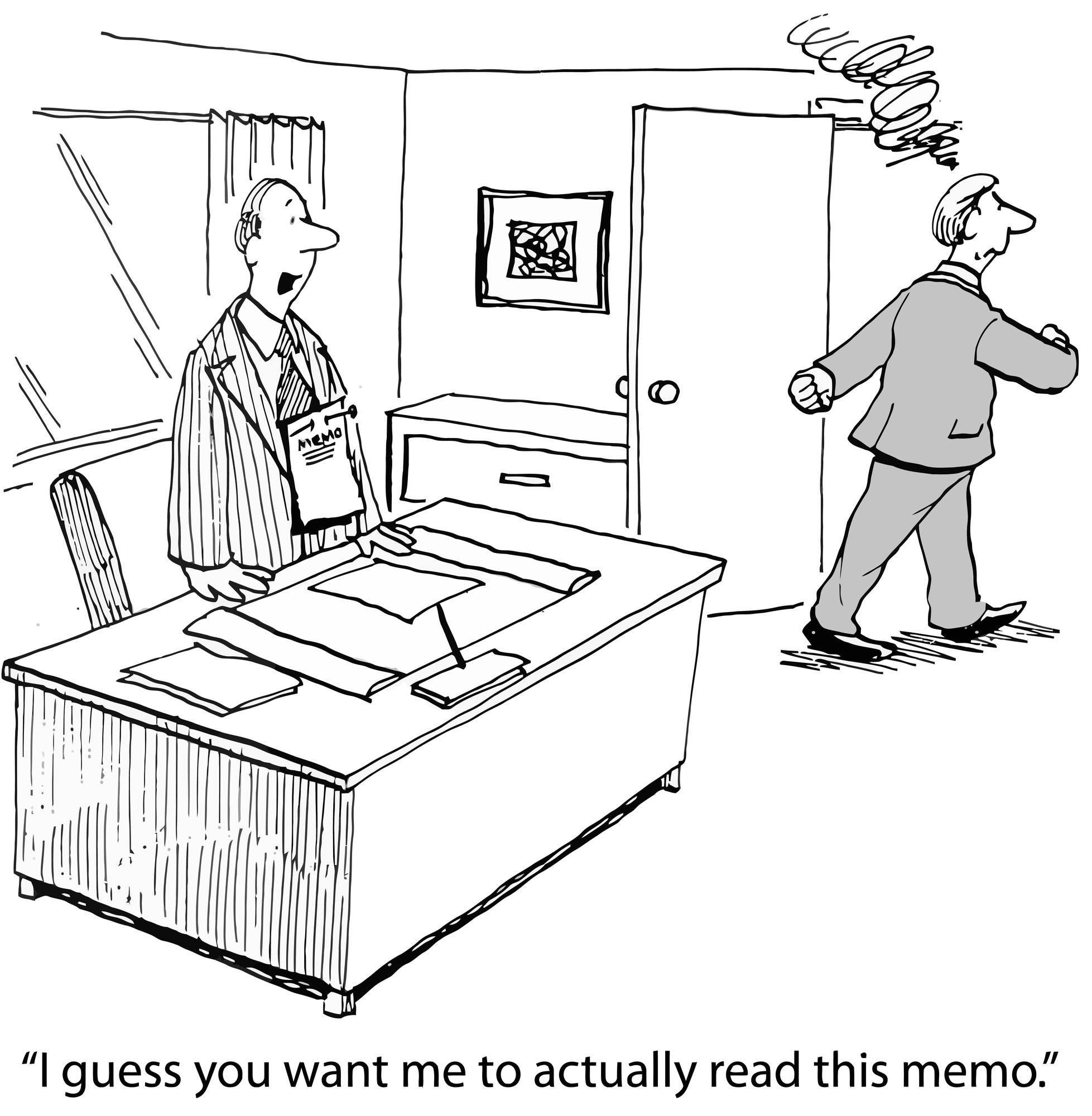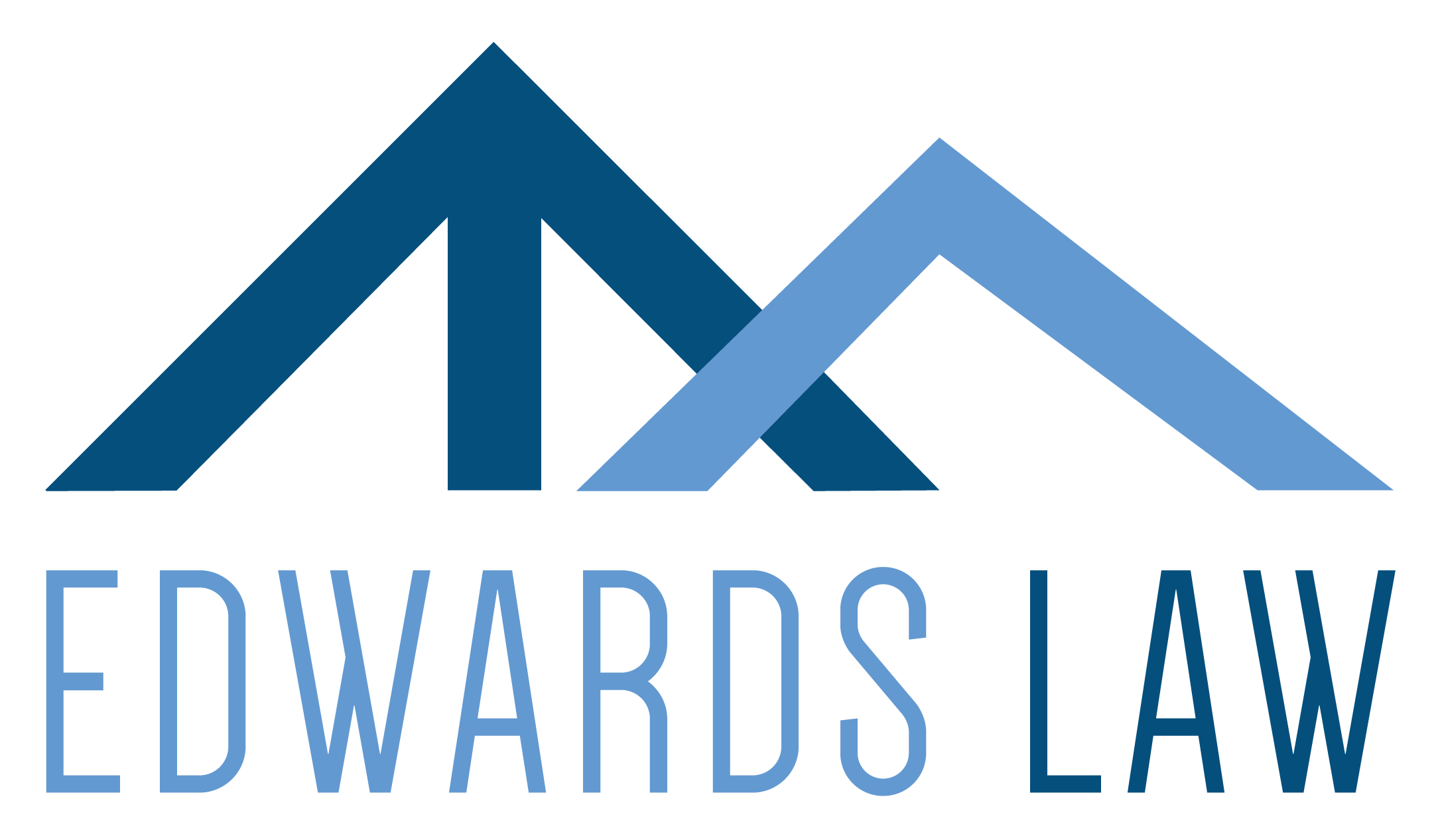
13 Jan Issue a Litigation Hold to Avoid Sanctions and Ensure Relevant ESI is Preserved – Podcast
In the last several weeks Edwards Law has addressed the ins and outs of electronically-stored information or ESI, including what it is, how to process it, what happens when you don’t properly manage it and how to avoid sanctions by using an effective Electronically-Stored Information Agreement or ESI Agreement. In addition to drafting an ESI Agreement to avoid sanctions, your company should also issue a litigation hold once the duty to preserve ESI is triggered.
What is a Litigation Hold?
A litigation hold is a written notice that your company issues to its employees, directing them not to destroy electronically-stored information or any other information that may be relevant to the pending litigation or government investigation. A hold notice will serve to freeze your company’s routine record disposal activities.
As stated above a hold notice must be issued as soon as the duty to preserve is triggered. However as a safe measure your company upon notice of the duty should immediately confirm record destruction policies have been suspended, even before a written hold is issued. Also, you and your company must immediately conduct a litigation hold strategy meeting to determine (1) the scope of the litigation hold for the company; (2) the recipients of the litigation hold notice; and (3) where and how to preserve or hold the data.
What Should Be Included In A Litigation Hold Notice?
A litigation hold notice should describe, in sufficient detail, the types of ESI and other information that must be preserved so that your company’s employees will be able to easily identify which company information must be retained and which may be discarded under your company’s normal business practices. The hold notice should be tailored to the role and collection of each recipient.
Tailoring the hold notice will require your company to inventory the company’s sources of potentially relevant data, and determine whether the following are implicated: (1) backup tapes; (2) instant messaging; (3) social media; and (4) sources in the employee’s control such as home computers, handheld devices, removable storage media or personal email accounts.
Your company should also determine reasonable or unreasonable accessibility of data sets for its hold notice, and whether potentially relevant data exists on the internet or in the hands of cloud service providers and, if so, develop a strategy for preserving it.
Your Company Has Issued a Litigation Hold Notice—Now What?
The duty to preserve does not stop at the issuance of the litigation hold notice. Continual follow-up is needed. For example, you should coordinate with your company’s human resources department to manage incoming or departing employees subject to the litigation hold, and solicit this department’s help in requesting confirmations of receipt from recipients of litigation hold notices.
Also, you and your company should be diligent in scheduling periodic follow-up reminders regarding the litigation hold, and issue updated hold notices when necessary. An updated hold notice should be issued to the necessary employees and include any ESI and other information that was not part of the prior litigation hold notice, but has since become relevant.
Moreover, your company may need more than a written litigation hold notice to remain compliant with discovery preservation rules and avoid sanctions. Your company may need to communicate more directly with certain employees, such as IT personnel, to ensure all relevant back up tapes are preserved. Also, you may need to directly communicate with your company’s records management administrators to ensure that routine document destruction is stopped and that they truly understand the continuing obligations of the litigation hold. The general rule is that a company must preserve backup tapes that are the sole source of relevant information, for example, where the tapes are the only source of information for key employees no longer with the company. However, there would likely be no requirement for your company to save backup tapes when the same information is also available via other accessible data.
In addition, your company may also want to consider sending a hold notice to outside company consultants, agents and affiliates (or any other third parties with relevant data). If your company becomes a party to a litigation, it will have a duty to preserve and produce any designated documents and ESI in these third parties’ control, if your company has the legal right to obtain the information from these third parties or if your company regularly receives documents and ESI from one of these entities upon request during the normal course of business.
Lastly, your company should send opposing parties in the litigation an appropriate document preservation demand, and where feasible communicate your preservation scope and actions to your opposing counsel. Keeping these lines of communication open and working cooperatively with opposing counsel to resolve concerns before they mature into motions for sanctions can save you and your company a lot of time and money.
Edwards Law is here to help if you and your company find yourselves embroiled in litigation and need assistance formulating a litigation hold plan to address retention of ESI. Call today.


No Comments